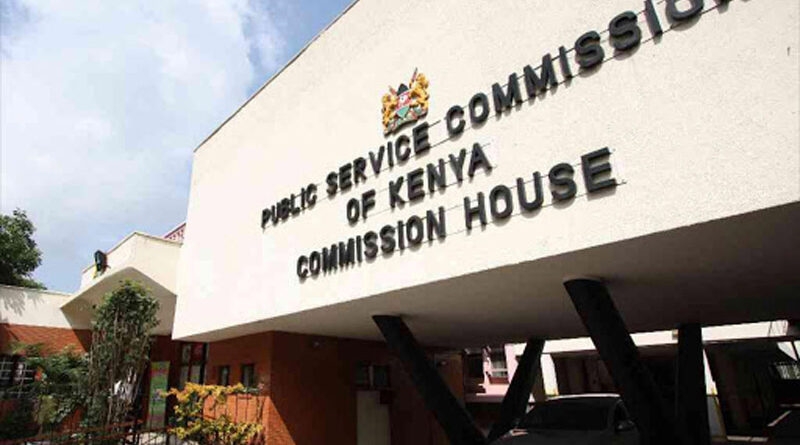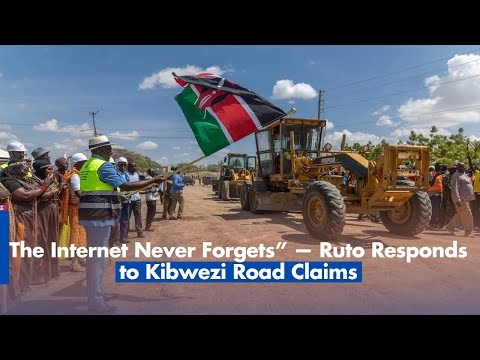There are few places on earth where someone can enjoy the wonder of snowy mountain peaks, witness a herd of elephants at sunset and experience an ecosystem lush with wetlands, open grasslands and arid bush all in the span of a day. That is the wonder of the Amboseli ecosystem in southern Kenya.
Mt Kilimanjaro overlooks the park to the south and buffalo, zebra, gazelle, wildebeest and the majestic African elephants migrate throughout the landscape every year in search of seasonal pastures.
The Amboseli ecosystem spans 8,000 square kilometres, which is home to a national park, Maasai pastoralists and the community conservancies that they have established to safeguard the land.
Unesco designated Amboseli as one of its six biosphere reserves in Kenya due to the richness of its biodiversity and ecological zones that include savannah rangelands, swamps, wetlands and natural dry mountain forest. However, the threat to this national treasure, and the human communities that depend on it has only increased in recent years. Encroachment of towns, land subdivisions, agricultural developments and fencing not only create greater human-wildlife conflict, they disrupt and threaten the migratory corridors that key wildlife species across Kenya and Tanzania rely on for survival.
The newest threat to Amboseli is a proposed avocado farm within a national wildlife corridor which is identified by the Vision 2030 wildlife report “Securing Wildlife Migratory Routes and Corridors.” The development will interfere with two key migratory routes that are critical for connecting Amboseli National Park with the Chyulu Hills and Tsavo Ecosystem to the east. The disruption of these corridors would have multiple negative outcomes on the entire ecosystem and the wildlife and human populations within.
If the proposed avocado farm will set a precedent for further conversion of this land that is so important to local pastoralists for grazing and for wildlife. It will most certainly increase incidences of human-wildlife conflict, which is already a threat to humans and wildlife as competition for resources intensify.
This competition, and the conflict between land-uses, such as farming and pastoralism, can be managed through land-use planning. Local communities and stakeholders in Amboseli have gone to great lengths to do so and the land in the area is protected by a number of community conservancies and is designated for livestock grazing and wildlife tourism by two local management plans. However, these local land-use plans have been ignored in the initial approval of the farm.
Not to mention the obvious immediate impact on the stability of the ecosystem and in particular, the well-being of the elephants who exclusively use routes in the same corridor of the proposed farm. Elephant populations in Kenya, and elsewhere in Africa, continue to decline as the global demand for ivory increases.
In 2016, the International Union for Conservation of Nature estimated that “Africa’s elephant population had seen its worst decline in 25 years” and that in East Africa, poaching had cut the population in half in the last decade. Compromising the landscapes that these dignified animals inhabit — lands that are protected by government mandates — bring closer to reality the “fear that...the species is dangerously nearer to extinction.”
However, in Amboseli, thanks to a partnership between Maasai communities, government agencies and conservationists, the elephant population has been steadily growing over the last decade. This success will, however, only last as long as the land upon which these coalitions are rooted remains uncompromised.
There is no question that agricultural development in Kenya offers immense value to multiple stakeholders. However, unlike the elephants a farm can thrive nearly anywhere in this fertile nation. It is the farm’s location — not its inherent value — that is in question.
The original plans submitted by the farm were strongly opposed by local stakeholders in the Amboseli Ecosystem Trust, which is responsible for vetting proposed developments to ensure alignment with the Amboseli Ecosystem Management Plan.
After the initial objection, there was no further consultation of any local stakeholders, including the Plan Implementation Committee, who only became aware that the development was going ahead when the bulldozers arrived. The disregard for local communities and iconic landscapes is a troubling development in a country that is a conservation leader in the region and home to the ecological legacy of Wangari Mathaai.
There are many avenues to securing Amboseli’s natural resources and safeguarding its communities. It is a semi-arid ecosystem in which a combination of livestock production, wildlife tourism, and strategically located farming can complement each other to maintain a strong local economy, resilient to the climate change effects that will no doubt be felt in future.
Government mechanisms that elevate the protections for wildlife corridors to laws, extending the longevity of locally developed management plans, and ensuring public accountability of private investments are all necessary linchpins to protecting wildlife and securing community lands in this iconic ecosystem of East Africa
CEO, Conservation Alliance of Kenya











